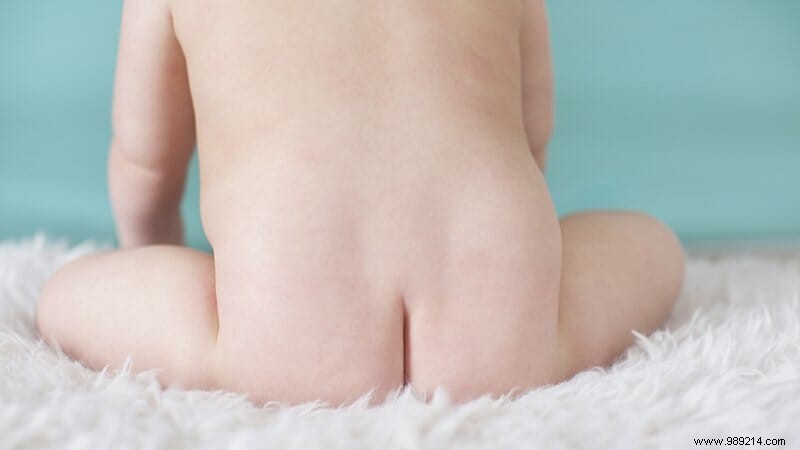
One of the problems that all mothers face is the appearance of rashes on the buttocks so delicate baby.
Contents 1 What causes diaper rash? 2 How to prevent diaper rash 3 Diaper rash is there what to do?This is a problem that few moms will be able to avoid, however, it is still possible to understand the causes and take the right steps to make these bad times last as short as possible.
Diaper rashes result in sometimes impressive redness on the baby's bottom.
Baby, very often, is quite embarrassed or can suffer from these rashes.
They can be caused by different factors, first of all the most common cause is teething.
Often teething can be accompanied by many inconveniences such as fever, diarrhea but also a flare of diaper rash.
The other origin can be the use of unsuitable and allergenic products on the baby's bottom. Some cleansing products are not well tolerated by baby's fragile skin, which in reaction reveals redness.
The onset of diaper rash usually occurs between 7 months and 12 months. The hydrolipidic film of baby's skin is still too immature at this age, revealing this phenomenon of red buttocks.
In order to avoid any irritation linked to unsupported products, it is better to favor liniments to clean the baby's bottom. Liniment is a milk made from olive oil and lime water.
This type of milk is very easily found in local shops. It cleans baby's buttocks safely without attacking baby's hydrolipidic film.
You will also find many homemade liniment recipes that are easy to make yourself.
It is therefore necessary to avoid using irritating products on baby's skin, especially those containing perfumes, which are sometimes very poorly tolerated by babies.
The other precaution to take is also to favor cotton to clean baby's bottom rather than wipes.
Baby cleansing wipes have been the subject of much controversy and are strongly discouraged for use on baby's bottoms.
Frequent baby changing is one of the major precautions to put into practice. In fact, current diapers have become so absorbent that they literally caulk baby's skin, leaving it very little to breathe.

When the diapers are soiled and they are not changed often enough, this maceration causes irreparable irritation.
Care must therefore be taken to change the diapers of babies prone to diaper rash more frequently to avoid any inconvenience and discomfort for baby.
It is quite possible to relieve baby effectively in the event of an outbreak of erythema. The solution lies in the application of a suitable cream from zinc for healing.
It is therefore necessary to renew the application at each change so that the layer of harmful cream but also acts as a protective barrier to the humidity of the diaper.